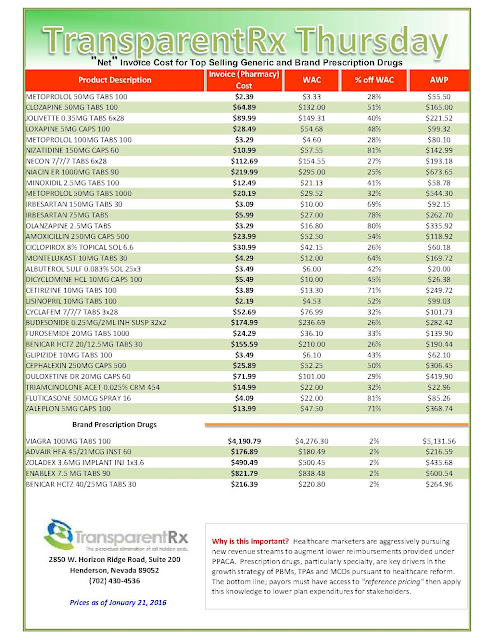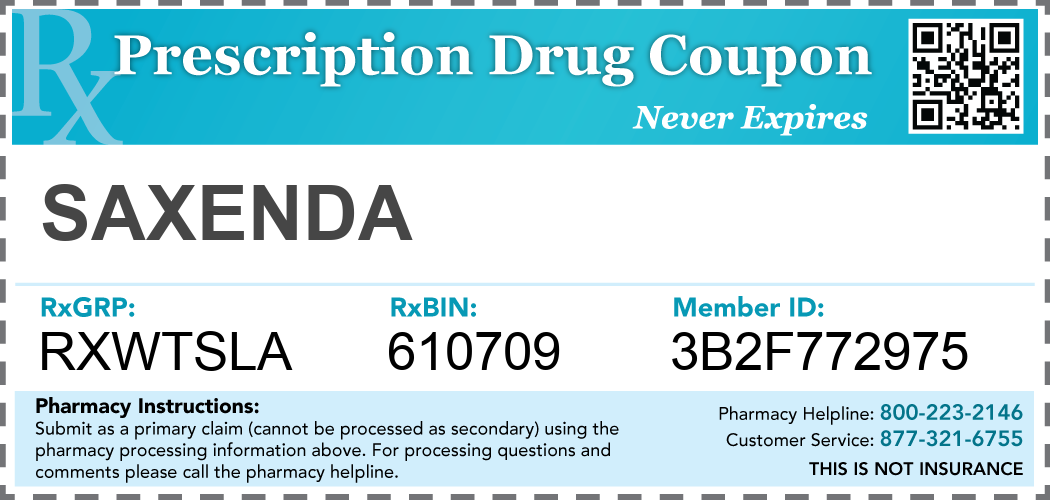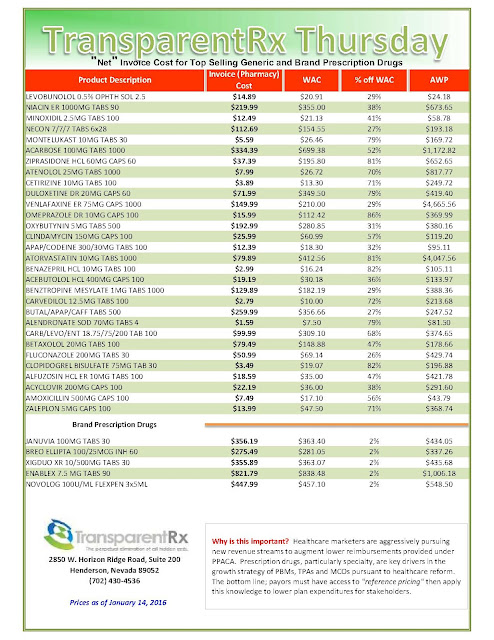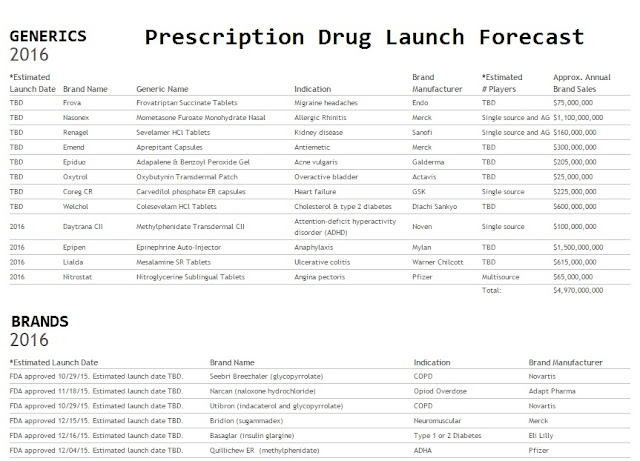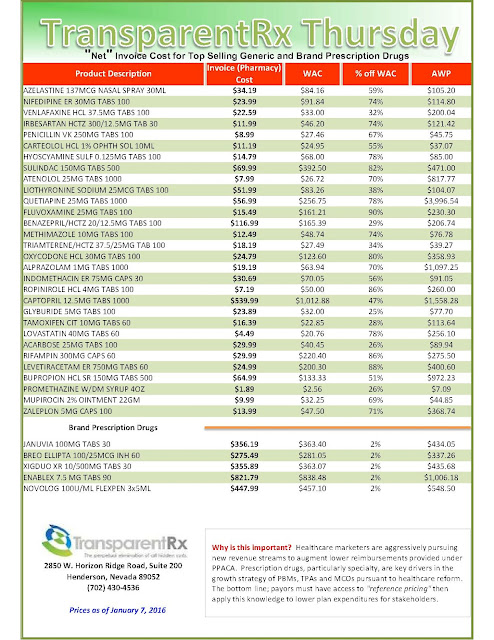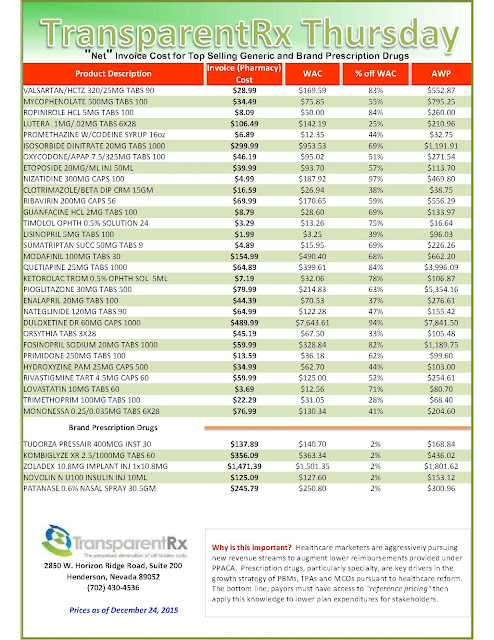
At the University of Minnesota, employees with cancer face a new rule under the health plan. If they are starting on certain expensive drugs, they get just a two-week supply, half the usual amount.
Before they can get two more weeks’ worth, a nurse at the university’s pharmacy partner has to confirm they are doing well enough.
The policy, called “split fill,” is designed to avoid paying for drug prescriptions that go half-unused if patients develop side effects and must stop them. It is part of a growing effort to rein in a drug bill the university says rose 8.9% last year, roughly double the rate for other health expenses.
“I don’t want to penalize the patients, but what the drug companies have to realize is they put us in that box” by charging such high prices, said Stephen Schondelmeyer, a pharmacy professor who advises the administration on its benefits for nearly 39,000 employees, retirees and family members. Some of the cancer drugs cost as much as $13,500 a month.
Rising drug costs are forcing tough decisions on those who foot the bill for much of American health care: employers. The pinch is most acute for the many large employers that, like the University of Minnesota, are self-insured—hiring an insurance company to administer benefits but paying the bill themselves.
Employers have for years been shifting more health costs to workers, through higher premiums and deductibles. With drugs, they face a growing challenge. Specialty medications for ills such as cancer and multiple sclerosis are so pricey that despite making up only about 1% of prescription volume at the University of Minnesota, they account for 28% of its drug costs, said Kenneth Horstman, director of benefits and compensation. Pharmacy costs are about 17% of its health plan’s spending, up from less than 14% in 2013.
Nationally, employers’ pharmacy costs are rising about 9.5% this year and will go up 10% in 2016, according to Aon Hewitt, a benefits consultant. The firm expects employers’ other medical costs to rise far less, 4.5% this year and 5% in 2016.
“This is a tsunami,” said John Bennett, president and chief executive of Capital District Physicians’ Health Plan in Albany, N.Y., a nonprofit insurer with corporate clients. Pharmacy costs are “the single biggest driver of our medical inflation in the last few years.”
In tackling them, employers are becoming more aggressive. Many have expanded requirements that doctors obtain advance approval from health-plan administrators for certain costly drugs, a practice called prior authorization. For instance, about 89% of employer health plans now mandate prior authorization for certain anti-inflammatory drugs for diseases like rheumatoid arthritis, up from 61% in 2007, according to survey by drugmaker EMD Serono Inc.
Another increasingly common strategy is “step therapy,” which requires that patients be treated with lower-cost drugs before the health plan will pay for a more expensive option. This year, about 69% of employers had step-therapy rules, compared with 56% in 2011, according to the Pharmacy Benefit Management Institute, a research organization.
A newer tactic is pursuing supply contracts that cap annual price increases for drugs at a set percentage, says Jim DuCharme, CEO of Prime Therapeutics, a pharmacy-benefits manager that negotiates such deals.
The University of Minnesota’s health plan is among the more ambitious in attacking drug costs. Its efforts include resisting drug-company programs that help patients with their copays, which encourage use of expensive brand-name drugs over cheaper options.
University officials hold monthly brainstorming sessions in a Minneapolis hotel with people from about 15 other large employers to discuss cost-saving drug strategies. The university has “been able to test a number of strategies that go a lot further than other employers,” said Carolyn Pare, president and CEO of the Minnesota Health Action Group, which organizes the sessions.
As employers push back, employees sometimes feel their access to drugs is being restricted, and costs increasingly foisted upon them. The university last year increased its highest patient copay to $75 from $60, applying it to branded drugs such as Flovent asthma inhaler and the antibiotic Zyvox.
Amy Boemer, a library manager who has diabetes, said her doctor switched her to a new insulin product this year because the university made it a “preferred” drug, and her cost would have risen if she wanted to stick with her old one. She says the new insulin isn’t controlling her blood sugar as well.
“What’s frustrating to me is I was on a drug, had been on it for two years,” said Ms. Boemer. “It worked for me. It’s frustrating they’re making me change it.”
The university chose a new preferred insulin “based on price, delivery and drug effectiveness,” said Mr. Horstman, the benefits director. He said plan members can ask their doctor to file an application for coverage of a different insulin if it is medically necessary, and if the university’s pharmacy benefit manager agrees, the drug will be covered with just a $10 copay. Or the patient can take a nonpreferred insulin anyway, but for a $75 copay.
Officials don’t exclude drugs on cost alone, said Kathryn Brown, vice president for human resources. She said they make coverage decisions “in a way that allows them to provide the benefit to employees who need them, but also allows our self-insured plan to continue to be viable.”
The university’s plan has monthly premiums for family coverage of about $300. The national average is $413, according to the Kaiser Family Foundation. The university doesn’t make employees pay a percentage of the price of the most expensive drugs—a practice called coinsurance that is increasingly common elsewhere.
So far, the university has declined to pay for two new drugs—each priced at over $14,000 a year—for people who need greater cholesterol reduction than they can get from statins. It is awaiting more information on efficacy and potential discounts before deciding on coverage, Mr. Horstman said.
The university became self-insured in 2002, switching from a plan for state government employees and adopting one of its own called the “UPlan,” in a bid to get better control of costs.
At the vanguard of the cost-control effort is Dr. Schondelmeyer, who holds two pharmacy doctorates and has had 40 years’ experience studying pharmaceutical economics. Outside the classroom, the university’s health plan serves as his laboratory, where Dr. Schondelmeyer, 65 years old, tests cost-saving ideas as an adviser to the benefits and compensation department.
Employees sometimes stop him in the hall and ask, “What are you doing about the high prices that drug companies are charging us? How can we put pressure on them?” he says.
“It’s tougher personally and corporately” to make decisions about drugs that affect colleagues, he says. “I make every decision with the thought of, ‘How does this impact individuals at the institution and their loved ones?’ ” Covered by the plan himself, he declines to say what drugs, if any, he uses.
Decades ago, Dr. Schondelmeyer became an advocate of generic drugs for cost control. Research he did at the University of Kentucky on generics’ safety and effectiveness convinced him that wider use of them could hold down costs while preserving health outcomes.
The university is already close to maximizing that strategy. Its usage of generic drugs has risen to 84% of prescription volume from about 50% a decade ago, encouraged by lower copays.
A way pharmaceutical companies try to thwart the shift to generics is with coupons that can reduce patients’ copays for brands to the same level as for generic drugs, or even to zero. University officials say that while the coupons cut costs for patients, they raise them for the payer, because of how they encourage use of more-expensive branded drugs.
Dr. Schondelmeyer says some companies leave coupons with doctors and their staffs to be handed out to patients. A doctor who gives them out—telling patients the coupons are a way to save on a branded-drug prescription—may not think about the cost impact to a health plan.
“On the surface it sounds like a good deal for the employee, but a zero-dollar copay may mean the patient is using a $500-a-month drug when a $50 drug is better,” Dr. Schondelmeyer said.
The university, with his support, began plotting a response last year. It has a benefits advisory committee made up of employees, which meets monthly. At a meeting a year ago, Karen Chapin, a university manager of health programs, told members that drugmakers were using coupons to counter generics and keep patients on branded drugs. At another meeting two months later, she outlined a plan to eliminate coverage for some “heavily couponed” brands.
In the summer, the UPlan stopped covering about 90 branded drugs for which manufacturers were distributing copay coupons, including the Nasonex allergy treatment and Belsomra insomnia drug, both from Merck & Co. Patients can still get coverage if their doctors can show the drugs are medically necessary.
In an interview, Merck CEO Kenneth Frazier said, “There’s a legitimate role to be played for assisting patients with copays for medically necessary products, when there is an economic barrier to their using the products they need.” He said Merck sets prices for drugs based on their benefit to patients and the health-care system, and whether they address an unmet medical need.
Newer, high-price specialty drugs pose a particular challenge to the university because there typically aren’t lower-cost alternatives. That is where the split-fill strategy comes in.
Last year, Dr. Schondelmeyer and university officials began considering it for initial prescriptions of certain costly cancer drugs, among them Sutent, made by Pfizer Inc. Some can have side effects, such as rashes, that may cause patients to stop taking them and leave part of a one-month prescription unused.
Asked about the policy, a Pfizer spokeswoman said that “cost control interventions must consider individual patient care in order to minimize complications and burdens for patients including disruptions in treatment at critical moments in the management of their disease.”
University officials began briefing the benefits committee on a split-fill plan in the fall of 2014 and adopted it in February, for nearly 20 drugs.
A new patient gets an initial two-week supply, and then seven to 10 days later, a nurse at a specialty pharmacy the university uses to dispense such drugs calls to ask how the patient feels.
If he or she reports a serious side effect, the nurse tells the patient to stop taking the drug, then contacts the patient’s physician to discuss a dosing adjustment or alternative drug. If the patient is tolerating the medicine, the nurse authorizes the next two-week supply.
During the split-fill period, the patient faces no copay. After three months, the patient begins receiving the pills in monthly supplies, but also with a $10 copay.
Amy Monahan, a law professor on the benefits advisory committee, said some members worried the system could be burdensome because a patient has to keep going back to the pharmacy, “and this is someone obviously dealing with a very serious illness and you want to make sure you’re not imposing this horrible burden on someone.” Patients can pick drugs up at a pharmacy or have them delivered to their homes.
Samith Kochuparambil, a Minneapolis oncologist, said he agreed with the concept in principle but had practical concerns, such as that outside pharmacy nurses wouldn’t know a patient’s health history well and might mistake a patient’s pre-existing health condition for a drug side effect.
Since the program began in February, a small number of patients have had prescriptions filled this way, with no complaints so far, said Mr. Horstman, the benefits director. It is too soon to know if it is saving money, but it has done so elsewhere. Diplomat Specialty Pharmacy in Flint, Mich., installed a split-fill program for employer and insurer clients in 2010 and found they could save about 19% on the targeted drugs, said Atheer Kaddis, a senior vice president.
Given the trend in drug prices, said Dr. Schondelmeyer, “At some point, we can’t keep writing blank checks.”
By Peter Loftus

